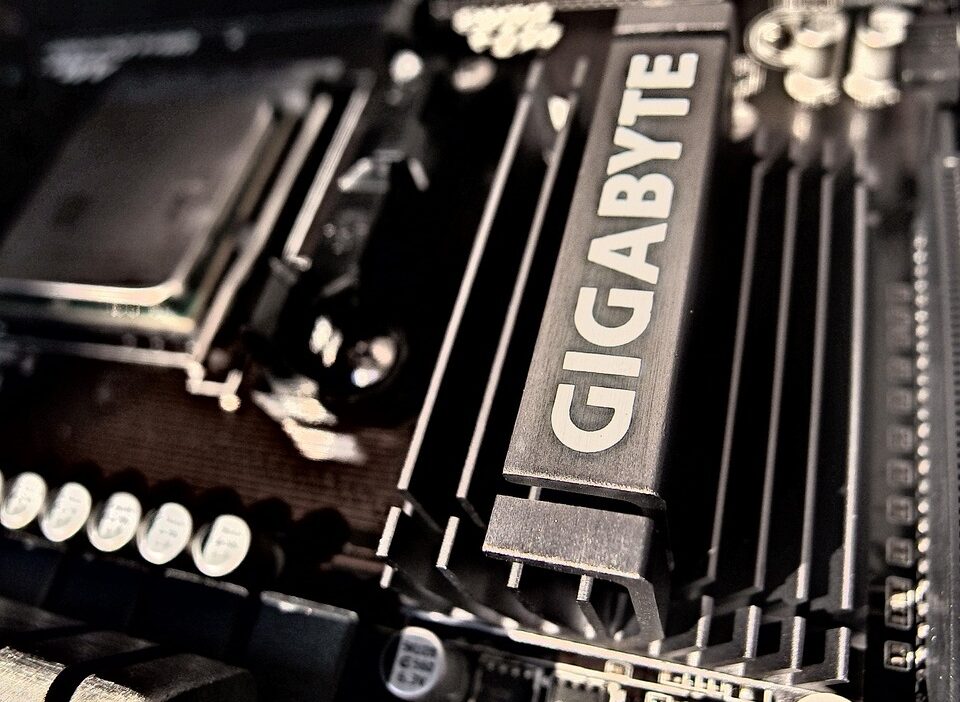AI Revolution: How Artificial Intelligence is Reshaping Traditional Workplaces
The dawn of the 21st century has brought a wave of technological advancements that are reshaping various aspects of society. One of the most transformative forces in recent years is Artificial Intelligence (AI). Once confined to the realms of science fiction, AI is making significant inroads into the workplace, changing how businesses operate and how employees perform their tasks. This article explores the myriad ways AI is revolutionizing traditional workplaces, presenting both opportunities and challenges.
A Shift in the Workforce Landscape
1. Automation of Routine Tasks
One of the most prominent impacts of AI in the workplace is the automation of routine and repetitive tasks. By employing AI-driven tools, companies can streamline processes such as data entry, customer inquiries, and inventory management. This shift frees up employees to focus on more complex and creative responsibilities, enhancing productivity and job satisfaction.
For instance, chatbots are becoming common in customer service, handling basic inquiries 24/7. This allows human agents to concentrate on more intricate issues that require empathy and nuanced problem-solving skills.
2. Enhanced Decision-Making
AI systems analyze vast quantities of data and extract insights that can inform better decision-making. Businesses harness predictive analytics to anticipate market trends, understand customer behavior, and optimize supply chains. Organizations can make data-driven decisions more quickly and accurately, leading to improved business outcomes.
For example, retail giants like Amazon use AI algorithms to analyze purchasing habits, enabling them to recommend products tailored to individual customer needs. This not only boosts sales but also enhances the customer experience.
3. Personalized Employee Experiences
AI is not just about external processes; it is also revolutionizing internal employee experiences. Advanced HR tools powered by AI can personalize recruitment processes, identifying the best candidates for a role based on their skills and experiences. These systems can also predict employee burnout and turnover, allowing companies to take proactive measures to retain talent.
Moreover, AI-driven training platforms offer personalized learning paths for employees, catering to their unique skills and career aspirations, making professional development more engaging and effective.
Challenges and Ethical Considerations
While AI offers significant benefits, the integration of artificial intelligence into workplaces raises various challenges and ethical concerns.
1. Job Displacement
One of the most cited fears regarding AI is job displacement. As machines become capable of performing tasks traditionally done by humans, there is a valid concern that many positions may become obsolete. While new roles are emerging, workers must adapt to new technologies and continually upskill to remain relevant in the evolving job market.
2. Data Privacy and Security
The rise of AI also brings challenges regarding data privacy and security. As businesses collect and analyze vast amounts of data, the risk of breaches and misuse grows. Organizations must prioritize safeguarding sensitive information while complying with increasing regulations surrounding data privacy.
3. Bias and Fairness
AI systems are only as good as the data on which they are trained. If the training data contains biases, the AI can perpetuate or even exacerbate these biases in decision-making processes. It’s essential for organizations to ensure fairness and transparency in their AI implementations, taking steps to eliminate bias wherever possible.
The Future of Work
As AI continues to evolve, its impact on the workplace will likely deepen. Organizations that embrace this technology strategically are more likely to thrive in the rapidly changing business landscape. However, adopting AI is not merely about implementing new tools; it requires a cultural shift within organizations. Companies need to foster a climate of innovation and continuous learning, encouraging employees to adapt to technology while emphasizing collaboration between humans and machines.
Moreover, legislative bodies need to play an active role in overseeing AI’s implementation to safeguard workers’ rights and address ethical concerns. This collaborative effort will be crucial in ensuring that AI serves as a force for good in the workforce.
Conclusion
The AI revolution is reshaping traditional workplaces in unprecedented ways. By automating routine tasks, enhancing decision-making, and personalizing employee experiences, AI holds the potential to transform how businesses operate and how employees engage with their work. However, navigating the challenges posed by job displacement, data privacy, and ethical concerns will require thoughtful approaches and proactive measures. Embracing this technological shift will ultimately define the future of work, shaping a landscape where humans and machines can coexist and thrive together.



